Articles
Recovering from Liposuction: What to Know

Liposuction can improve your quality of life, boosting your confidence as you enjoy a slimmer silhouette. While the results are exciting, you should also factor in recovery as part of the final outcome.
Read on to know what to expect during the healing process and how you can make it as comfortable as possible for yourself
What is Liposuction?
Liposuction is an invasive cosmetic procedure that removes fat deposits from specific areas of the body, such as the abdomen, thighs, hips, arms, or back. It's not a weight-loss solution, but a way to reshape areas that haven't responded well to diet and exercise.
Surgeons perform liposuction under general or local anaesthesia using a thin tube called a cannula, which suctions out fat from targeted zones.
Preparing for Liposuction Recovery
Setting Realistic Expectations
Recovery from liposuction doesn’t happen overnight. Most patients can return to light activities, such as desk work or gentle walking, within a few weeks. However, full healing can take up to 3 to 6 months.
Your body needs time to adjust, and some swelling may persist during this period. By setting realistic expectations, you can focus on healing without unnecessary stress or disappointment.
Be sure to discuss your goals openly with your surgeon before the procedure so you're both aligned on what’s achievable and when to expect visible results.
Preparing Your Home for Recovery
Being prepared helps you focus on healing instead of scrambling for necessities. Before your procedure, take a few steps to create a comfortable recovery environment:
- Set up a rest area close to the bathroom with easy access to water, snacks, medications, and entertainment.
- Stock up on recovery supplies, including compression garments, ice packs, loose-fitting clothing, and gauze.
- Arrange for help from a friend or family member, especially for the first 24 to 48 hours.
Immediate Post-Procedure Care
Managing Pain and Swelling
Mild to moderate pain is common after liposuction. Your surgeon will prescribe over-the-counter medications to manage the discomfort. Swelling and bruising may peak within the first week but will gradually subside.
Using ice packs and keeping the body slightly elevated while resting can also help ease inflammation.
Importance of Compression Garments
Compression garments are crucial to your recovery. They help reduce swelling, support the healing tissues, and improve skin retraction. Most patients wear them for several weeks post-surgery, although the specific duration may vary depending on the extent of the procedure and your surgeon's guidance.
Be consistent with wearing your garment, even when it feels inconvenient, as it can significantly impact your final results.
Long-Term Recovery and Maintenance
Gradual Return to Physical Activities
You'll need to avoid strenuous activities for at least two to four weeks. Light walking is encouraged early on to promote circulation and lower the risk of blood clots. As you regain strength, your surgeon will guide you on when and how to resume your routine.
Maintaining Results with a Healthy Lifestyle
Liposuction permanently eliminates fat cells from targeted areas; however, it doesn't prevent new fat cells from forming. To maintain your results:
- Follow a balanced diet
- Stay physically active
- Avoid sudden weight gain
Think of liposuction as a boost to your self-care journey, not a replacement for healthy habits.
Follow-Up Care and Appointments
Follow-up appointments allow your surgeon to monitor your progress, address any concerns, and ensure your body is healing as expected. These check-ins are vital, even if you feel fine.
When to Seek Medical Attention
While some discomfort and swelling are expected after a liposuction, it's important to recognise when something isn't quite right. If you experience any of the following symptoms, contact your surgeon immediately:
- Fever over 38°C (100.4°F)
- Redness that spreads around the incision site
- Pus or foul-smelling drainage
- Increasing pain not relieved by medication
Concerns About the Healing Process
Don't ignore changes that seem unusual, such as asymmetry, skin irregularities, or hard lumps. These could be part of routine healing or signs of delayed healing that require a follow-up appointment.
Make an Appointment for Liposuction in Singapore
At Polaris Plastic Surgery, we prioritise your recovery as much as your results.
We specialise in VASER liposuction, a minimally invasive technique designed to minimise trauma to surrounding tissues. This approach enables a quick and comfortable recovery, allowing patients to return to work and daily activities with fewer post-procedure symptoms.
If you're considering liposuction and have questions about recovery, schedule a consultation with Polaris Plastic Surgery.
Contact Form
1 Orchard Boulevard #10-08 Camden Medical Centre, Singapore 248649
6 Napier Rd, #08-01 Gleneagles Medical Center, Singapore 258499
Tel: +65 6737 4565 | Mobile: +65 8828 4565 | Email: clinic@polarisplasticsurgery.com | Business Hours: Mon - Fri: 9am - 6pm | Sat: 9am - 1pm | Sun/Ph: Closed











